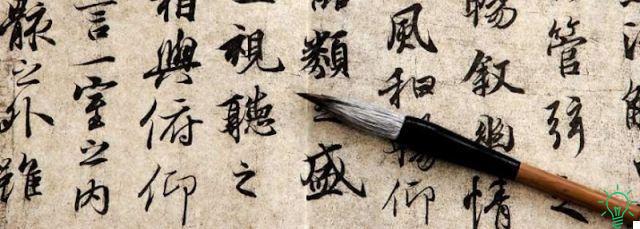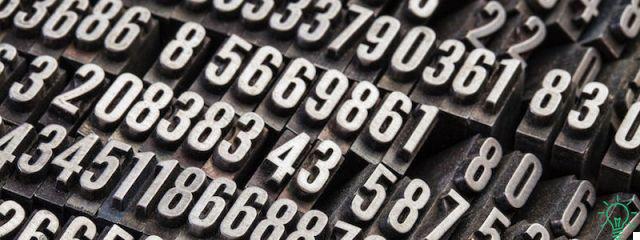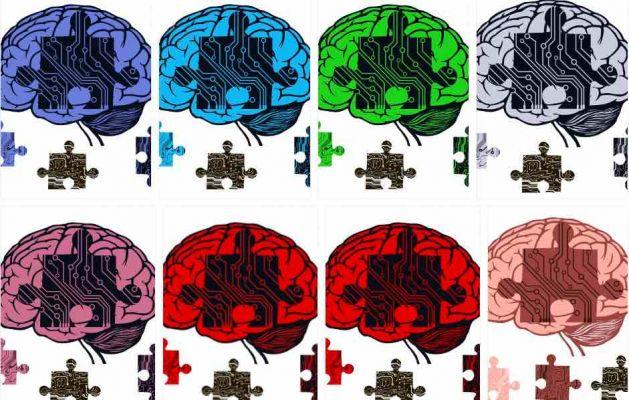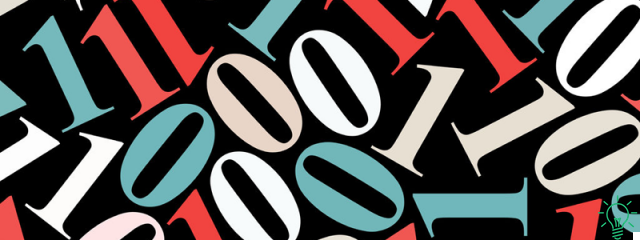
In the last few weeks I have invested many hours to get an idea on how to make an old fixation of mine, learn chinese with memory techniques. The complexity of the objective and the amount of material I found convinced me that it was impossible to exhaust the topic in a single post, and so I decided to dedicate a whole series of articles to the topic, which I will publish in sequence in the next weeks.
Now, while for any Western language normally I would not have made many problems, because I already know the enormous potential of memory techniques when applied to the language study, to learn Chinese I thought it was necessary to do a thorough evaluation first about if and how.
It is indeed a language system completely different, with specificities that make the study very problematic. And so at first it was not at all clear to me if I would be able to find a way to use memory techniques to learn it.
Why is learning Chinese so difficult?
We all know that learning Chinese is difficult: you just have to hear them talking to each other to realize it!
But what exactly are the main difficulties? Only by identifying them precisely is it possible to find a strategy to overcome them.
Just to stay on the subject of China, remember what he says Sun Tzu in the book The Art of War:
"If you know the enemy and know yourself, your victory is sure"
And so I did some research to understand what makes Chinese so difficult…. (Chinese purists forgive me for the simplification with which I will present my conclusions, but this is not the place to make a thousand distinctions)
Chinese is a tonal language
A language in which the variation of tone on a syllable determines a change of meaning. To understand this, let's see a classic example of variation of the meaning with the variation of tones, the monosyllable MA:
- If pronounced in the first tone, mā, it means "mum"
- If pronounced in the second tone, has, it means "hemp"
- If pronounced with the third tone, mǎ, it means "horse riding"
- If pronounced in the fourth tone, mà means "to insult"
Finally, when pronounced in a neutral tone (ma) at the end of the sentence it indicates something similar to our question mark. Distinguishing these tones from each other is, at the beginning, very messed up, and this constitutes a first great difficulty.
Chinese is made up almost entirely of monosyllabic sounds!
The bisyllabic words are rare, and normally newly formed, that is, created to refer to things that did not exist before. As a consequence, in learning Chinese you meet so many homophonic words, that is, that they are pronounced the same (also from the point of view of tones) but have different meanings, which must be deduced from the context. This fact constitutes a further great difficulty for the ear of a Westerner, because it makes him perceive Chinese as "all the same"
Chinese writing is characterized by the presence of ideograms

Un ideogram, as the word says, is a graphic symbol which has no phonetic value, but which represents an image or an idea. In short, written Chinese does not have an alphabet made up of single letters that are recombined to form words. Each word is instead represented with a drawing (ideogram), and if you don't know it you don't know how to pronounce it!
So while a student who has learned the Spanish alphabet can read any Spanish word, even one he doesn't know, reproducing the sounds it is made of, a student who has to learn Chinese cannot do the same with an ideogram.
Either he knows the pronunciation or there is no way to deduce it! This presupposes one mnemonic effort immense to learn Chinese writing, and therefore also the foreigner who lives in China for years often remains illiterate, that is, he cannot read and write in Chinese.
So how do you learn Chinese with memory techniques?!?!
First of all, precisely because there is no alphabet for reading, we need to divide the problem into two parts:
Learn the Chinese spoken | Learn the written Chinese
Learn to speak Chinese
I'll come back to it in more detail in the third of this series of articles on learning Chinese, which will be published in about ten days. In the meantime, however, I anticipate that many problems are solved thanks to Pinyin, a phonetic transcription system based on Latin letters, and implemented by the Chinese government precisely to make the study of the language a little easier.
Thanks to pinyin you can learn spoken Chinese without knowing even an ideogram, and since it is a phonetic system you can certainly apply memory techniques, even if with greater difficulty than in other languages.
In Spain, I greatly admire the work done in this regard by Madame Wang Dong Dong with her book “Learn Chinese in a month” and the videos on her Youtube channel. His book is a huge help in learning Chinese quickly (not in a month anyway), and his explanatory videos with native pronunciation are well done and truly indispensable.
In English instead, I found a memory system which I didn't even know, and which seems to me to have enormous potential for learning Chinese. I am analyzing it in detail to see if it maintains the potential that I see, and in a future article I will tell you what results it gives.
About writing in Chinese
It should be noted that, as with any other language, it may also be sufficient to learn only to speak Chinese, completely omitting the written part. My great-grandmother was illiterate after all, like many in her generation, but she spoke perfect Spanish and lived in Spain all her life without any problems. It is above all the word that allows us to interact, both in our language and in a foreign language.
However, learning written Chinese has not only a practical utility, but it is also very interesting: ideogram writing, so culturally different from ours, has a great intrinsic charm, and getting to know even a small part of it really makes you feel like if I were entering a circle of initiates in who knows what esoteric discipline.
Meanwhile, thanks also to wikipedia, I try to quickly clarify what ideograms are. They derive from pictograms, graphic signs that represent not what one hears, but what one sees. The object is therefore reproduced, not the sound.
For example, if we take the word "foot'
- In a language "alphabetical”As the Spanish is written representing what the ear hears, therefore through the succession of the letters foot
- in a language "pictogrammaticLike the Chinese, it is written instead representing what is seen, therefore with a drawing that represents a foot
Western languages represent what you hear, and Eastern languages what you see. This fact alone explains the gulf of diversity that exists between our two cultures. But let's go on.
If a "foot" is drawn to indicate the word "foot", the sign is then defined pictogram. But if instead a "foot" is drawn to indicate the word "walk", then the sign is defined ideogram since the meaning is a concept, an idea connected / derived from the original design.
Having said this, it would seem simple to be able to deduce the meaning of the Chinese ideograms.
In reality, over the centuries they have been so modified and enriched with complexity that only for a small percentage it is possible to clearly understand the connection between meaning and design.
Most of them are in fact a series of graphic strokes joined together that represent an elegant whole, but absolutely not attributable to any known image!
To further complicate matters, there is the fact that they exist in two versions, one called "traditional", and the other "simplified". The latter was created by the Chinese government precisely to make it easier to learn, but believe me that even if it is called simplified it is not at all simple!
Therefore, those who also want to learn written Chinese and study ideograms, usually do it with great effort and sweat through it two strategies main:
- Drawing them e redesigning them dozens of times
- Using flashcards e software SRS or spaced repetition systems.
These are systems that present ideograms in an automatic and randomized manner at pre-established time intervals, exploiting the fact that the long-term memorization of information is easier when it is repeated a few times over long times rather than many times over short times (cit . wikipedia). In my opinion the most effective SRS for learning Chinese is undoubtedly Anki, of which there is also a free app.
The second strategy is already a bit more advanced memotechnics in itself, and I used it with satisfaction in other languages besides Chinese and honestly I thought it was also the only one, until I discovered a very very interesting book Remembering simplified Hanzi, by James Heisig. It is such a monstrously successful and effective book that I dedicated the second article of this series to it in its entirety on learning Chinese with memory techniques.

























